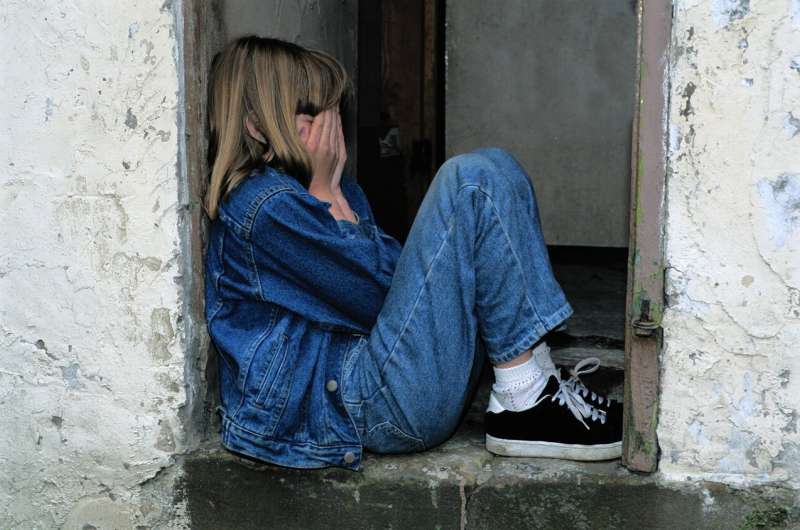Credit: Pixabay/CC0 Public Domain
There is a clear downward trend in the number of parents using physical violence as a punishment in New Zealand, but its use is still relatively common, a new University of Otago study reveals.
Anti-smacking legislation that prohibited the use of physical punishment of children was introduced in New Zealand in 2007. The Otago study, to be published tomorrow in the New Zealand Medical Journal, spans before and after the legislation came into force and examines how the prevalence of child physical punishment changed between 2002 to 2017.
The 763 parents studied were members of the longitudinal Christchurch Health and Development Study which started in 1977.
Findings show a clear downward trend in the rates of both minor and more severe physical punishment. Minor assaults, such as smacking on the hand or bottom, shaking a child, or hitting them on the bottom with an object such as a hairbrush, reduced by almost a half from 77% to 42%. Severe assaults, such as hitting a child with an object on their body somewhere other than the bottom, slapping their face or head and hitting with a fist, have dropped even more dramatically, with these behaviors reduced by two thirds from 12% to 4%.
Those who used any physical punishment on their child reduced from 77% of participants in 2002 to 42% in 2017.
Co-author Dr. Geraldine McLeod, a Senior Research Fellow in the Department of Psychological Medicine, Christchurch, says overall the findings suggest the number of parents using physical punishments and the frequency of such violence has decreased, but it is clear that it remains a common form of discipline.
"This is despite the legislation and public health efforts to increase awareness of the potential harms of physical violence towards children," she says.
"Child physical punishment is now seen by the public as having negative consequences and as such it is not as socially acceptable now as it once was, so it's disappointing some New Zealand parents still view physical punishment as an acceptable form of discipline."
The most common physical punishments were smacking on the bottom and slapping on the hand, arm or leg.
Parents more likely to use physical punishment tended to be younger, caring for more children and in a violent partner relationship. A history of personal mental health problems combined with socioeconomic disadvantage were also influential.
"By far the strongest predictor was the number of two- to 10-year-olds in the household and in particular the number of two- to four-year-olds. This is consistent with developmental data showing that children between the ages of two and four can pose particular challenges for parents, given their rapidly increasing verbal and motor skills but limited ability to regulate their emotions and behaviors," Dr. McLeod says.
Previous research has shown that rates of child physical punishment can be reduced with effective family intervention programs, she says.
"There remains a need for continued public education on alternative, more effective parenting strategies to manage child behavior and for ongoing support of vulnerable children under difficult and stressful circumstances.
"More generally, we need to further shift our social tolerance of violence, not only towards children, but also in other settings such as schools and the workplace where rates of violence are also high relative to other countries," Dr. McLeod says.
More information: Parental use of physical punishment in a birth cohort. New Zealand Medical Journal, www.nzma.org.nz/journal-articl … nt-in-a-birth-cohort
Journal information: New Zealand Medical Journal
Provided by University of Otago























